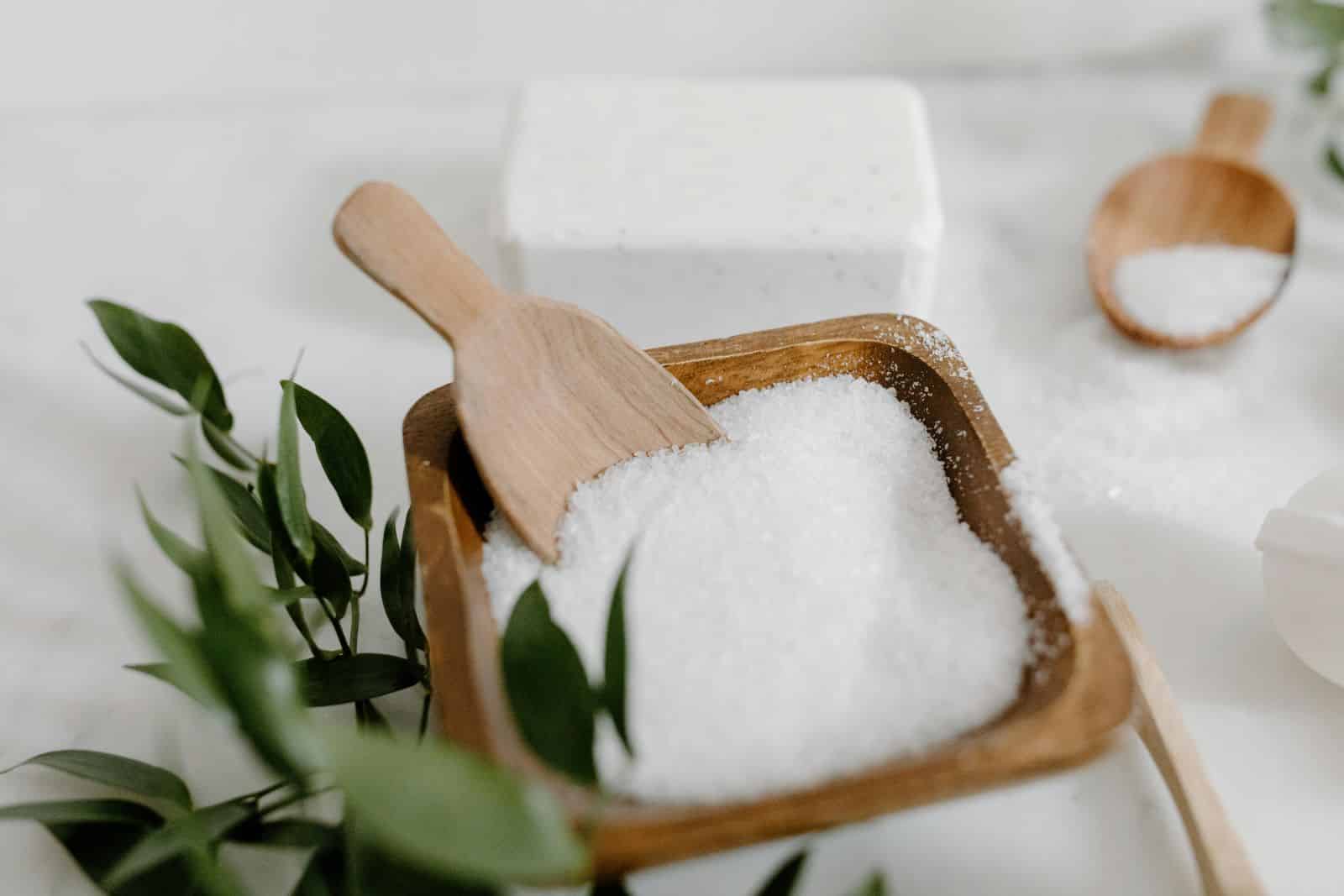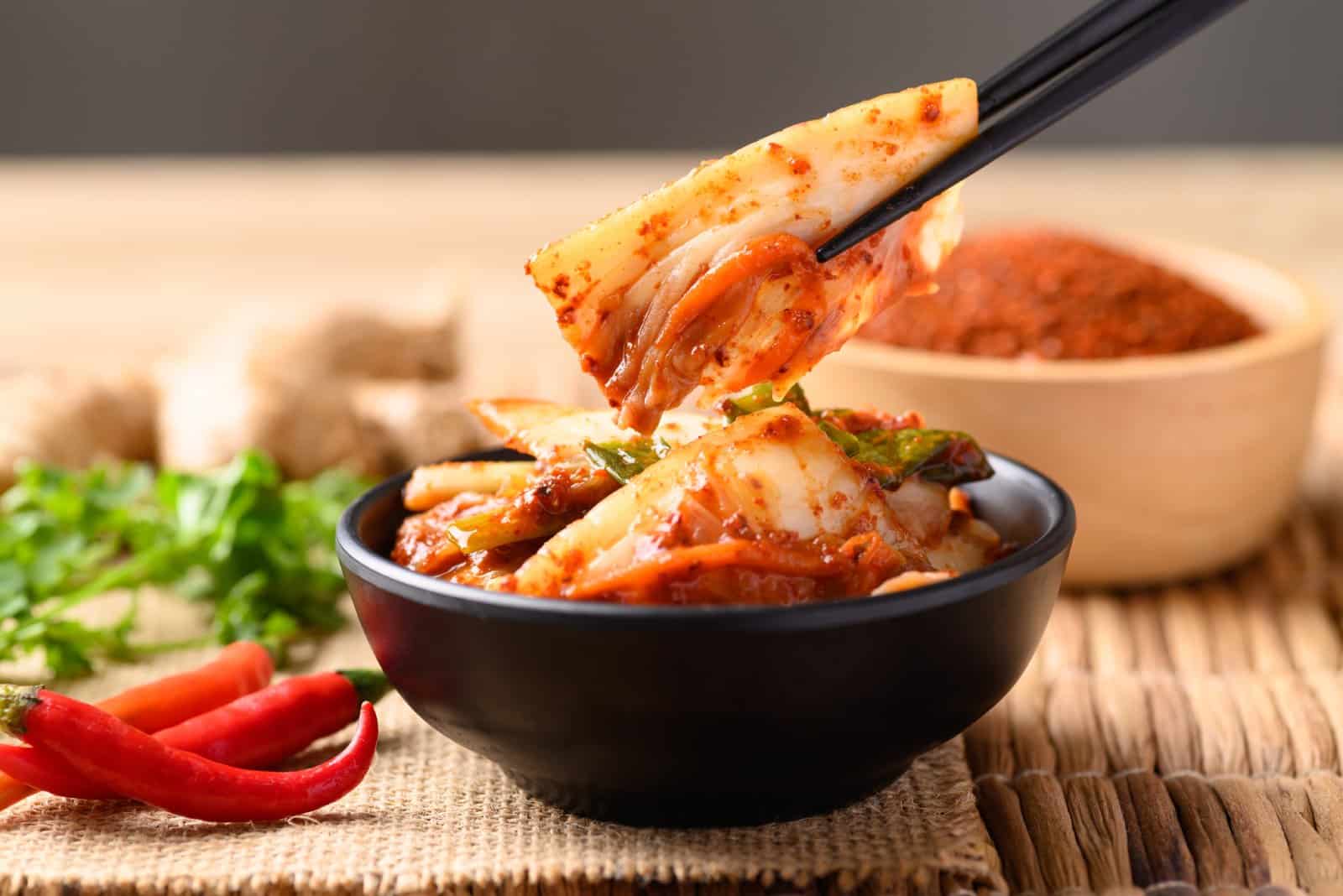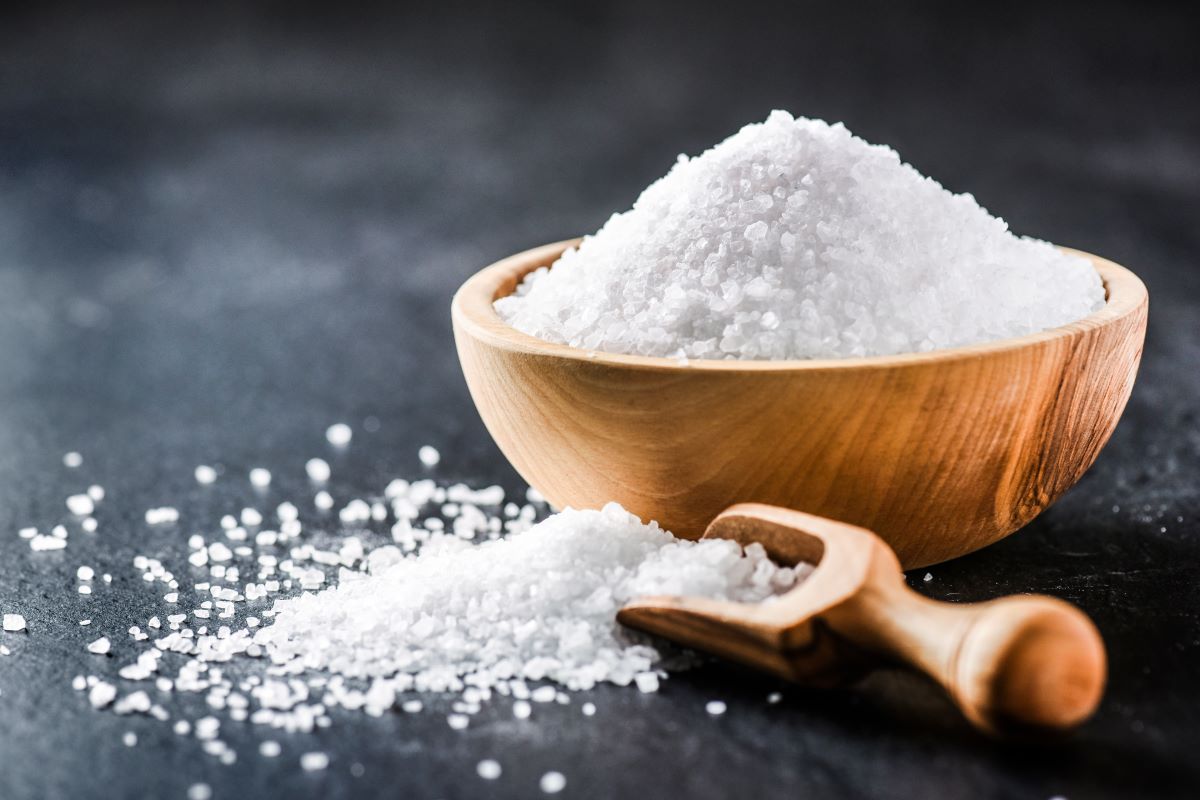The history of money in the United States is filled with curious and often odd chapters that reflect the economic and social conditions of their times. From the barter system to the digital age, each form of currency carries a unique story. Here are 20 of the strangest currencies that have been used in the U.S. and the lessons they impart about the nation’s economic history.
1. Tobacco

In early colonial Virginia, tobacco was used as currency due to the scarcity of British coins. This not only showed the importance of agriculture but also set a precedent for commodity-backed money.
2. Wampum

Used by Native Americans and adopted by European settlers, wampum were beads made from shells and were used for trading goods, highlighting the adaptability and integration of different economic systems.
3. Beaver Pelts

In the fur-trading economies of the northern colonies, beaver pelts became a currency. This reflected the resource-driven economic activities of the era.
4. Spanish Milled Dollar

Before the establishment of the U.S. dollar, Spanish coins were widely used due to their reliable silver content, influencing the later design of American currency.
5. Continental Currency

Issued during the Revolutionary War, this was the first attempt at a national currency. Its rapid depreciation taught early Americans the dangers of not backing currency with solid assets.
6. Promissory Notes

Before national currency was standardized, banks issued their own notes promising to pay the bearer a certain amount, leading to a chaotic currency system and lessons in the importance of central banking regulation.
7. Notgeld

During periods of crisis, communities sometimes issued emergency local currency, known as Notgeld, which illustrates the resilience and ingenuity in times of economic distress.
8. Gold Nuggets

During the California Gold Rush, gold nuggets were used directly in transactions, showcasing the direct use of raw materials in commerce.
9. Salt

Historically used among early settlers and Native Americans, salt was a valuable commodity for preservation and seasoning, vital for survival and thus a powerful medium of exchange.
10. Pine Tree Shillings

Minted in Massachusetts Bay Colony, these coins featured a pine tree because of the abundance of local pines, showing how regional characteristics can influence currency design.
11. Land Scrip

Used in frontier areas, land scrip could be exchanged for acreage, indicating the importance of land in America’s economic expansion.
12. Greenbacks

First issued during the Civil War, these paper currencies were backed by the federal government’s promise to pay, which was a shift from commodity-backed money and marked a step toward modern monetary policy.
13. Bison Hides

In the Midwest, bison hides were used as currency by Native Americans and traders, underscoring the economic role of wildlife resources.
14. S&H Green Stamps

These were a form of trading stamps that became popular in the mid-20th century; consumers would collect stamps as they shopped and later exchange them for goods, showing early consumer loyalty programs.
15. POW Scrip

Used in prisoner-of-war camps on U.S. soil during World War II, this scrip was issued to prisoners for use in the camp canteens, illustrating how currency can be controlled and utilized even in restricted environments.
16. Yap Stones

Though not originally from the U.S., these large stone wheels used by the Yapese were recognized as currency in trading with Americans, highlighting the diversity of what can be considered money.
17. Ithaca Hours

Launched in 1991 in Ithaca, New York, this local currency system pays workers in currency that can be spent at local businesses, reflecting grassroots economic stimulus and the support of local economies.
18. Wooden Nickels

First issued during the Great Depression by banks when regular currency was in short supply, they serve as a quirky reminder of the importance of liquidity in the economy.
19. LEAP Dollars

A local currency used in Lawrence, Kansas to promote local spending and reduce reliance on the national economy, showing community solutions to broader economic problems.
20. Bitcoin ATMs

With the rise of digital currencies, Bitcoin ATMs represent the newest form of currency exchange in the U.S., demonstrating the ongoing evolution and digitalization of money.
A Journey Through Currency

Each of these forms of currency tells a story about the economic pressures, cultural values, and technological advancements of its time. The evolution of what we use as money reflects broader changes in society and provides key insights into how economies develop and adapt.
Timeless Taste: 20 Boomer Superfoods That Are Making a Comeback

Discover the forgotten superfoods of the boomer generation! From liver to sardines, these nutritional powerhouses are making a comeback. Join us as we rediscover these classic ingredients and their health benefits. Let’s dive into the world of boomer superfoods together! Timeless Taste: 20 Boomer Superfoods That Are Making a Comeback
21 Everyday Grocery Items That Are Loaded With Chemicals

Grocery shopping can seem like a science experiment, with many products packed with artificial additives instead of nutrients. While convenient and tempting, have you considered what’s really in these items? 21 Everyday Grocery Items That Are Loaded With Chemicals
18 Must-Eat Foods for a Longer Life

In the quest for a longer life, certain foods can make a big difference. From everyday staples to exotic finds, these options span various budgets and might surprise you. Who knew the secret to longevity could be right in your pantry or at the grocery store? 18 Must-Eat Foods for a Longer Life
22 Cheap Foods Only Americans Love

In America, where creativity knows no bounds in the kitchen, some foods are both cheap and uniquely American, raising eyebrows in curiosity. Let’s explore these budget-friendly eats that have become staples in the American diet, for better or worse. 22 Cheap Foods Only Americans Love
20 Places Where You Can Enjoy an Old-Fashioned Life

Escape to places where time stands still and tradition thrives! From cozy American towns to serene countryside getaways worldwide, these destinations offer a break from the chaos of modern life. Whether you’re seeking a simpler lifestyle or a nostalgic retreat, these spots promise affordability and undeniable charm. 20 Places Where You Can Enjoy an Old-Fashioned Life
The post Strange Change: America’s Weirdest Forms of Money first appeared on elpasoNY.com.
Featured Image Credit: Shutterstock / Krasula.
For transparency, this content was partly developed with AI assistance and carefully curated by an experienced editor to be informative and ensure accuracy.

